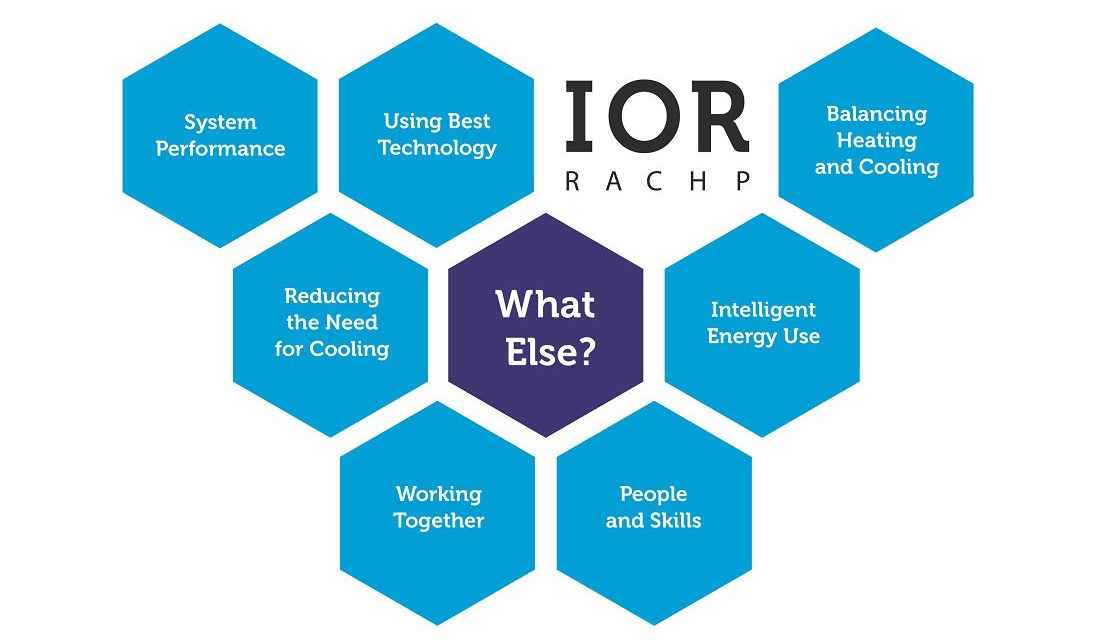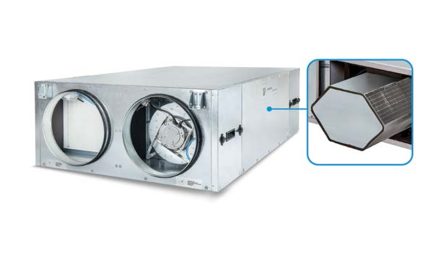The Institute of Refrigeration (IoR) is calling for consultation on two policy papers that address key aspects to support users of HVAC&R technologies in the pathway to net zero emissions.
The papers are published by Beyond Refrigeration, an initiative of the IoR that addresses climate change issues and provides a framework for technical leadership.
The two papers include a “Heating and Cooling” policy brief, and a policy on “Developing the Best People and Skills”.
The “Heating and Cooling” paper highlights seven major themes that need to be addressed, including reducing the need for mechanical heating and cooling; achieving best system performance; making use of best available technology; and whole system sustainability.
The “Developing the Best People and Skills” brief explores policy options to support the necessary change by all involved in using, designing, installing, servicing, maintaining, commissioning, and decommissioning of heating and cooling.
“The Beyond Refrigeration template sets ambitious targets and shows that we believe that the net zero aspiration is possible for our sector – if we work together,” says IoR chief executive Miriam Rodway.
“In developing the template and the draft policy briefs we invite everyone to consider how they will engage in the journey to achieve net zero for our sector.”











